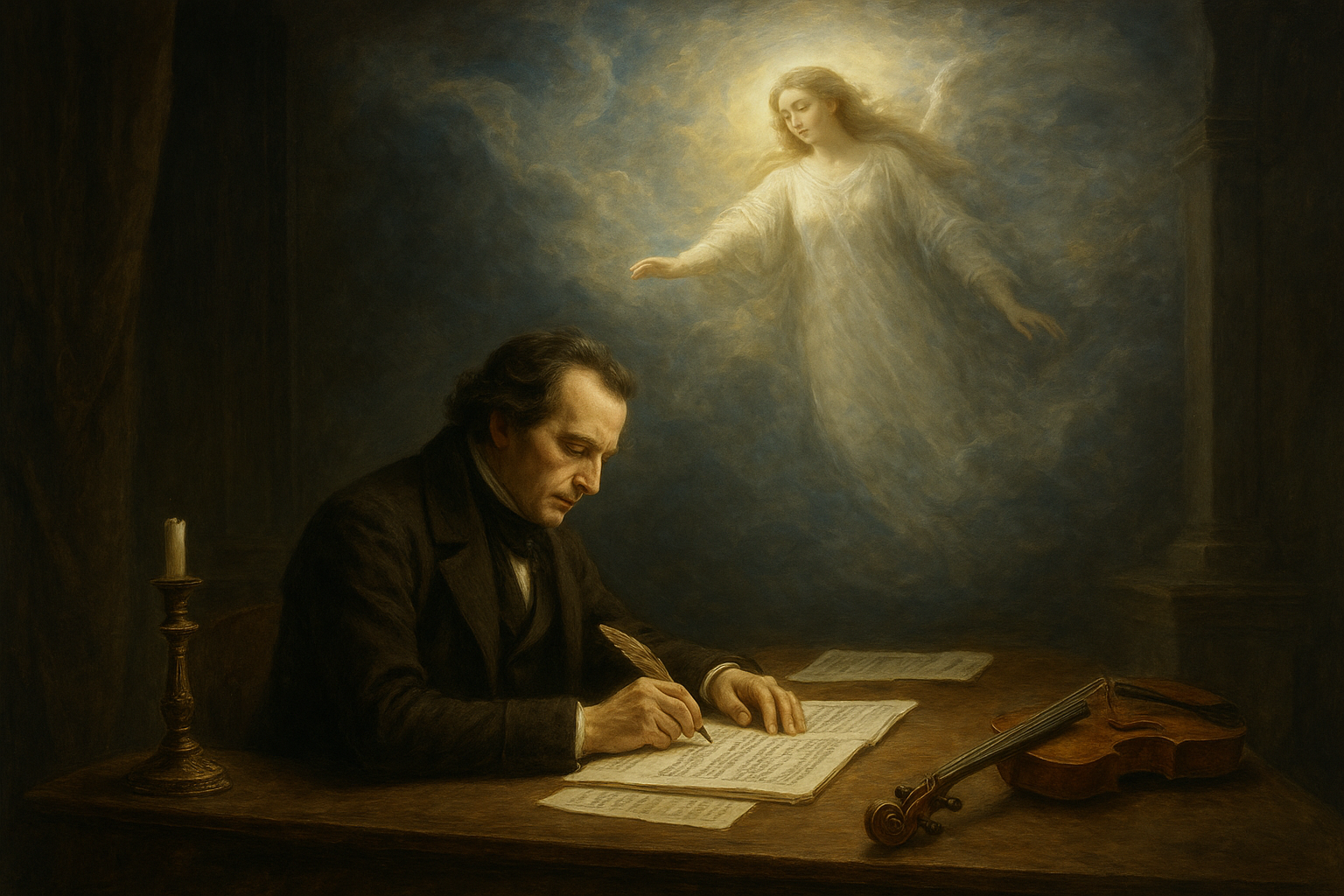Music has long been a conduit for spiritual expression, acting as a bridge between the terrestrial and the divine. From ancient hymns to contemporary choral works, composers have harnessed the emotive power of music to explore and express the sacred. This article delves into the historical and thematic nuances of sacred music, examining how composers have elevated the human spirit to reach celestial realms.
The Ancient Roots of Sacred Music
Religious music’s origins trace back to ancient civilizations where ritualistic chants and hymns were central to spiritual practices. For instance, in ancient Greece, music was an essential part of religious ceremonies, often involving choral hymns known as dithyrambs, which were dedicated to deities such as Dionysus.
“The dithyramb was a hymn sung and danced in honor of Dionysus, the Greek god of wine and revelry, and a precursor to Greek tragedy.” – Encyclopaedia Britannica
Similarly, Gregorian chant, a cornerstone of Christian liturgical music, began in the Western Church around the 9th century. Characterized by its monophonic, unaccompanied vocal line, Gregorian chant served not only as a form of worship but as a tool for meditation and an expression of communal faith.
The Renaissance and the Polyphonic Revolution
During the Renaissance, the landscape of sacred music underwent a transformation with the rise of polyphony. Composers such as Josquin des Prez and Giovanni Pierluigi da Palestrina expanded the horizons of musical expression by weaving together multiple independent voice lines, creating complex textures that echoed the divine harmony believed to exist in heaven.
- Josquin des Prez: Known as “the father of musicians,” Josquin’s work, such as his motet “Ave Maria,” showcases the emotive potential of polyphonic music.
- Giovanni Pierluigi da Palestrina: His Missa Papae Marcelli is celebrated for its clarity and liturgical functionality, preserving sacred text through meticulously crafted polyphony.
Palestrina’s music, in particular, was believed to embody the ideal balance between liturgical utility and artistic expression, setting a standard for sacred music that would endure for centuries.
The Baroque Era: Extravagance and Expression
The Baroque era (1600-1750) introduced new depth and drama to sacred music. Composers like Johann Sebastian Bach and George Frideric Handel brought a more personal and theatrical expression to their religious compositions.
“Bach’s church music is astonishingly rich, ranging from delicate chorales to the entire Mass in B minor, which exemplifies a high point of Baroque grandeur and devotion.” – Classic FM
Bach’s St Matthew Passion and Handel’s Messiah are emblematic of this era’s intertwining of musical complexity and jubilant spirituality. Both works utilize robust choruses and orchestra to convey the profound drama and emotional weight of their biblical narratives.
Modern Perspectives: Divergence and Innovation
The 20th century and beyond saw a diversification in the approach to sacred music, as composers experimented with new forms and styles. Composers like Arvo Pärt and John Tavener drew from ancient traditions while incorporating modern sensibilities, creating ethereal and introspective music that resonates with contemporary audiences.
- Arvo Pärt: Known for his tintinnabuli style, Pärt’s compositions, such as “Spiegel im Spiegel,” focus on achieving a spiritual simplicity and profundity.
- John Tavener: His mystical works, including The Protecting Veil, explore themes of incarnation and divine love.
The fascination with mysticism and minimalism has allowed these composers to transcend conventional boundaries, crafting music that invites listeners to introspect and connect with the sacred on a deeply personal level.
Conclusion
Through the centuries, the expression of the sacred in music has continually evolved, reflecting both the changes in human spiritual understanding and the advancements in musical expression. Whether through the harmonious chants of ancient monks, the soaring polyphonies of the Renaissance, or the meditative simplicity of contemporary works, sacred music continues to be a profound vehicle for exploring the space between earth and ether.
Ultimately, composers have played a crucial role in manifesting the invisible and providing audiences with experiences that transcend mere auditory enjoyment, fostering a deeper connection to the divine.
